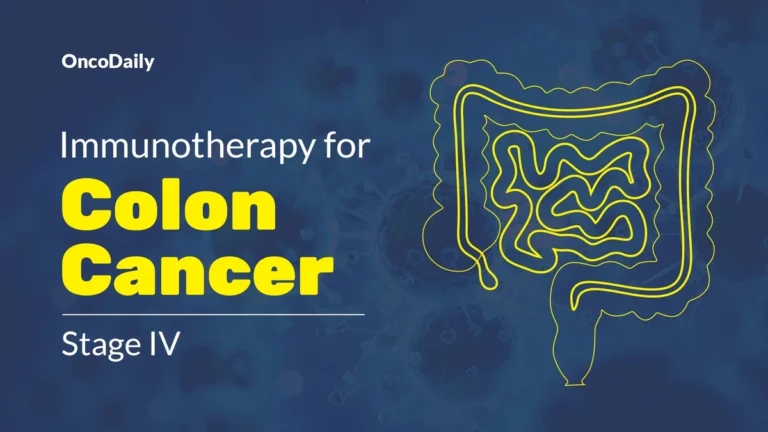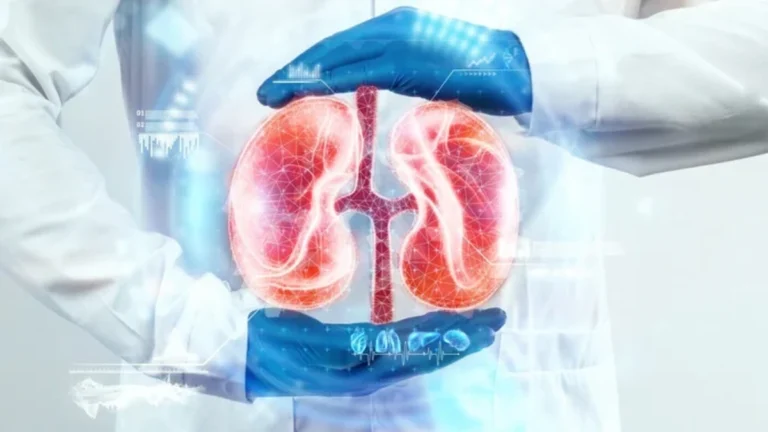
New Antivenom | Africa's Snakebite Secret REVEALED!
Okay, so new antivenom , right? Sounds…technical. But here’s the thing: this isn’t just some lab coat news. This is about saving lives across Africa. I mean, imagine the relief for communities where snakebites are a constant threat. The impact? Huge. What fascinates me is how such a specific scientific advancement translates into tangible hope for so many. It’s not just about neutralizing venom; it’s about neutralizing fear and uncertainty.
Why This Antivenom Matters – The Big Picture

Let’s be honest, snakebites are probably not high on your list of daily worries. But in many parts of sub-Saharan Africa, they’re a very real and devastating problem. Traditional antivenoms often have limitations – they might not be effective against all types of snake venom, or they might cause serious side effects. This new antivenom , however, represents a significant leap forward. How? Well, it’s designed to neutralize the venom of 17 of the most dangerous snake species in the region. That’s a much broader spectrum of protection than existing options provide. As per a report on Wikipedia , the development of effective antivenoms is a race against time, considering the rapid evolution of snake venoms.
Think of it like this: it’s like having a universal adapter for your phone charger when you travel. Instead of needing a different charger for every country, you have one that works everywhere. This new antivenom is the “universal adapter” for snakebites in Africa – offering broader protection with potentially fewer side effects. That’s a game-changer.
The Science Behind the Success – Decoding the Innovation
So, what makes this antivenom so effective? It’s all about the science, folks. This isn’t your grandma’s snakebite cure (no offense to grandmas everywhere!). Researchers have used advanced techniques to identify the specific toxins present in the venom of these 17 snake species. Then, they developed antibodies designed to target and neutralize those toxins. But, the production process can be quite complex. One of the main hurdles in antivenom creation is the sourcing and maintenance of venomous snakes. It is vital to have proper infrastructure for extraction and refinement of venom from the snakes to develop effective serums, according to research.
What I initially thought was a straightforward solution has a lot more layers. The key is that the antibodies are designed to be highly specific, minimizing the risk of adverse reactions. This also means a potentially lower dose is needed, making the treatment more accessible and affordable. And affordability? That’s crucial in regions where healthcare resources are limited. Let me rephrase that for clarity: this isn’t just about better treatment, it’s about accessible treatment.
How This Changes Things on the Ground – Real-World Impact
But the real impact isn’t in the lab – it’s on the ground. Imagine being a farmer in rural Africa, constantly worried about encountering a venomous snake while working in the fields. Or a parent living miles from the nearest clinic, knowing that a snakebite could be a death sentence for your child. This new antivenom offers a sense of security and hope to these communities.
And here’s where it gets really interesting. This advancement could also lead to better training programs for healthcare workers in recognizing and treating snakebites. The availability of a more effective and versatile antivenom makes it easier to implement standardized treatment protocols, improving the overall quality of care. Speaking of communities, check out this article on airborne parasitic worms , another health concern impacting communities worldwide.
The Challenges Ahead – Obstacles and Opportunities
Okay, so it’s not all sunshine and roses. There are still challenges to overcome. Manufacturing and distributing antivenom in remote areas can be logistically difficult and expensive. It is crucial to ensure the antivenom is affordable and accessible to the people who need it most. And while this new antivenom covers 17 species, there are many other venomous snakes in Africa that it doesn’t protect against. As such, continuing research and development are vital.
So, what’s the solution? Well, partnerships between governments, pharmaceutical companies, and international organizations are essential to overcome these challenges. Investment in local healthcare infrastructure, along with education and awareness campaigns, are crucial to ensure that this new antivenom reaches the people who need it most. Also, proper storage of antivenom is important so that it stays effective, since the potency of the medicine decreases over time in improper storage conditions.
Beyond the Antivenom – Prevention and Education
But here’s the thing: antivenom is just one piece of the puzzle. Preventing snakebites in the first place is equally important. Simple measures, like wearing boots and gloves when working outdoors, can significantly reduce the risk. Education is also key – teaching people how to identify venomous snakes and what to do in case of a bite can save lives. But what about people’s mindsets? Here’s a post on daily habits for a peaceful mind that might come in handy.
Ultimately, tackling the problem of snakebites requires a multi-faceted approach – combining scientific innovation with community-based prevention and education programs. It’s not just about having the best antivenom ; it’s about creating a safer environment for everyone.
FAQ About the New Antivenom
What snake species does this antivenom protect against?
The new antivenom targets the venom of 17 of the most dangerous snake species found in sub-Saharan Africa.
Is this antivenom safe for children?
The safety and efficacy of this antivenom for children need to be carefully evaluated by healthcare professionals on a case-by-case basis. Dosage for children will also be different.
Where will this antivenom be available?
Distribution plans are still being finalized, but the goal is to make it available in regions where snakebites are a significant public health concern.
How is this antivenom different from existing treatments?
This antivenom is designed to neutralize a broader range of venoms with potentially fewer side effects compared to traditional antivenoms .
What should I do if I get bitten by a snake?
Seek immediate medical attention. Try to identify the snake if possible, but do not risk further injury.
This new antivenom isn’t just a medical breakthrough; it’s a symbol of hope. It represents the power of science to address real-world problems and improve the lives of people in vulnerable communities. And that, my friends, is something worth celebrating. It is a reminder that innovation, compassion, and collaboration can indeed conquer even the deadliest challenges.





